The idea behind shot quality in football is really a fairly intuitive one. A shot from the halfway line isn’t as good an idea as a shot from inside the six-yard box. There’s more nuance to it but you don’t need any sort of deep analytical education to grasp it. Hell, it’s right there in why goals like this one from Memphis are so memorable: because we don’t expect them to happen.

Yet, in spite of this, shot quality and the improvement of it feels like a bit of an uphill battle. Especially when it comes to coaching the idea into younger players who have a particularly frustrating problem with their shot selection (Hakim Ziyech, bij voorbeeld). However, it would appear that, one way or another, teams are starting to pay real attention to their shot selection. I noticed this while compiling some shots numbers and tweeted about it, prompting the ever lovely Colin Trainor to produce this nice summary:
Shots are being taken from closer to goal in recent seasons. Seems teams are appreciating shot quality more. Prompted by @EuanDewar's tweet. pic.twitter.com/AP5Uvf3dFv
— Colin Trainor (@colintrainor) May 28, 2017
Whether you talk about it in terms of shot distance or shot zones, teams across Europe’s top five leagues are cutting the fat off of their shots. This article is going to focus on the Premier League specifically, mainly because there’s just so many things to digest across Europe that this could go on forever, so a cutoff point has to be set somewhere. If you want details on what's going elsewhere give me a bell on twitter and if there's enough curiosity there might be a follow up.
| Season | Total Shots | Outside Box Shots | % of shots outside box | Average shot distance (metres) |
| 12/13 | 10562 | 4626 | 43.80% | 18.96 |
| 13/14 | 10238 | 4599 | 44.92% | 19.15 |
| 14/15 | 9881 | 4221 | 42.72% | 18.72 |
| 15/16 | 9781 | 4046 | 41.37% | 18.50 |
| 16/17 | 9734 | 3971 | 40.80% | 18.37 |
(*distance numbers for 16/17 are a few matches out of date, but you get the gist)
The first thing that sticks out is the relationship between shots taken outside the box and the total shots numbers. Bits are getting shaved off the outside numbers with each passing season, yet those shots aren’t really being replaced with anything. However, this isn’t really ending up as a loss in end product because of the increased focus on better shots. Everything is floating around in similar totals, and the goals aren't going away that's for sure.
(If you’re wondering about the slight increase in distance in 13/14 that season was very, very odd in an attacking sense. There were 184 goals scored from outside the box that season, 22 more goals than the next highest total over the last five seasons. Most of those were Luis Suarez scoring against Norwich. Or at least that’s what it felt like).
Which teams then are embracing this change and leading the charge in these numbers?
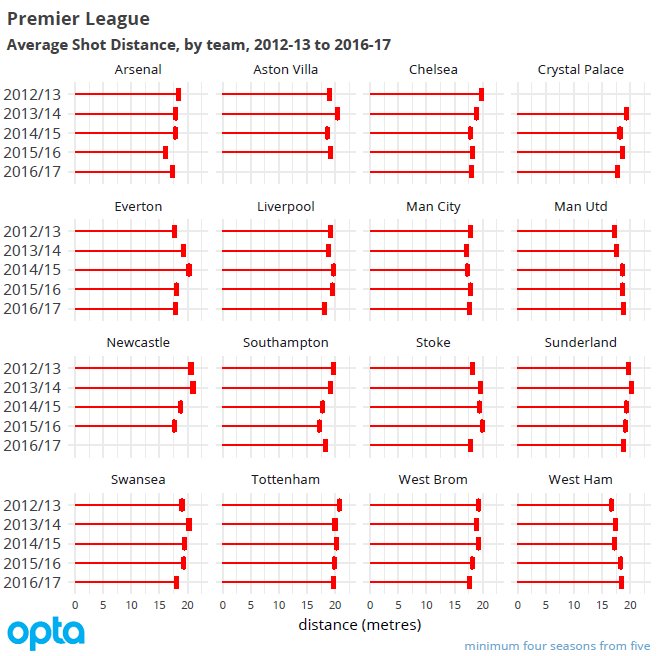
Arsenal put up the lowest % from outside the box in the recently finished 2016/17 season with an exceedingly low 33.03%. This makes sense for a couple of reasons. Firstly it fits with the image of them of as the English Barcelona, building their attack around getting high value shots (by the by, Barca’s % of shots outside the box in 16/17 was 31.9%). You may also remember that in late 2014 they bought StatsDNA, an analytics company. Now, obviously it’s hard to tell from the outside how much sway they have, but Wenger has mentioned things like expected goals in the past so it seems quite likely that the sharp dropoff between the 14/15 to 15/16 season is at least partially down to StatsDNA being in the discussion and Wenger being open to what they have to say.
In that 15/16 season they absolutely crushed it on the attacking end. It was the ne plus ultra of ‘they always try to walk it in’. Their average shot distance that season was the lowest of any team over the last 5 seasons. This saw their xG per shot jump from 0.105 in 2014/15 to 0.125 which, again, was the highest of any team over that timeframe. This season they’ve become more dysfunctional in attack but that’s a whole other story entirely.
| Arsenal | ||
| Season | xG per shot | Average shot distance (metres) |
| 12/13 | 0.1056 | 18.45 |
| 13/14 | 0.1114 | 17.93 |
| 14/15 | 0.1056 | 17.80 |
| 15/16 | 0.1253 | 16.08 |
| 16/17 | 0.1035 | 17.25 |
Their North London neighbours Tottenham are another interesting case. Plenty has been said about how Mauricio Pochettino seems to emphasise long range shots as a part of his gameplan, and sure enough his Tottenham sides have a similarly high % from outside the box as his Southampton one. Yet even though they had the highest % overall in the 16/17 season he has still actually brought the number down from where it was before he took over. It appears that AVB was even more content for his players to take pot shots than Pochettino is. Bless his soul.
| Tottenham | |
| Season | Average shot distance (metres) |
| 12/13 | 20.75 |
| 13/14 | 19.98 |
| 14/15 | 20.22 |
| 15/16 | 19.81 |
| 16/17 | 19.76 |
Another big (and perhaps unexpected) contributor to the overall league dropoff is your friend and mine Sam Allardyce. West Ham under Allardyce from 2012 to 2015 were always posting low %s, and then as soon as he leaves and Slaven Billic takes over those numbers shoot up. Sure enough in his lone season at Palace they had a similarly low average. His time at Sunderland is the outlier, but it seems none of the many managers they’ve gone through have been able to greatly change their numbers. Much was made from early on in Allardyce's career about how he embraced stats and let it shape how he worked. Billic meanwhile seems to prefer the volume over quality approach.
| West Ham under Allardyce | West Ham under Billic | ||
| Season | Average shot distance (metres) | Season | Average shot distance (metres) |
| 12/13 | 16.60 | 15/16 | 18.29 |
| 13/14 | 17.33 | 16/17 | 18.52 |
| 14/15 | 17.25 |
Funnily enough there's another manager who has this effect: the Right Honourable Tony Pulis.
| West Brom Pre-Pulis | West Brom under Pulis | ||
| Season | Average shot distance (metres) | Season | Average shot distance (metres) |
| 12/13 | 19.27 | 15/16 | 18.13 |
| 13/14 | 18.85 | 16/17 | 17.68 |
| 14/15 | 19.25 |
Allardyce and Pulis doing this shows that it's the idea of shot location that matters, not how you achieve it. They aren't bringing down their teams' average shot distances with intricate play and sly throughballs like an Arsenal or a Man City are. They're adapting the idea to the strengths of their players, utilising more headers and the like. An equally valid way of reaching the same end result.
And that's the point of all this: teams are getting the message on shot locations and starting to remove some of the more pointless shots out of their attacking diet. Will long shots ever go away? No, nor should they. Everyone loves a thunderbastard goal from outside the box. The aim here isn't to turn every team into a Poundland version of Barcelona. It's just to make them a little bit smarter and to maximise what they get out of their attack.
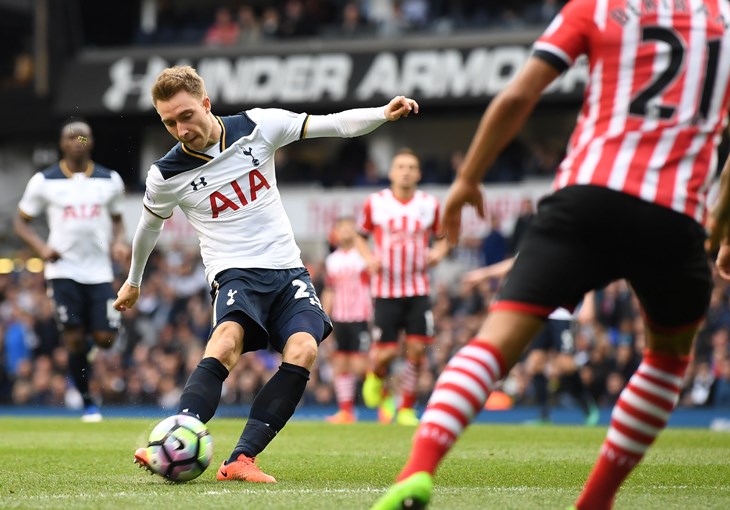
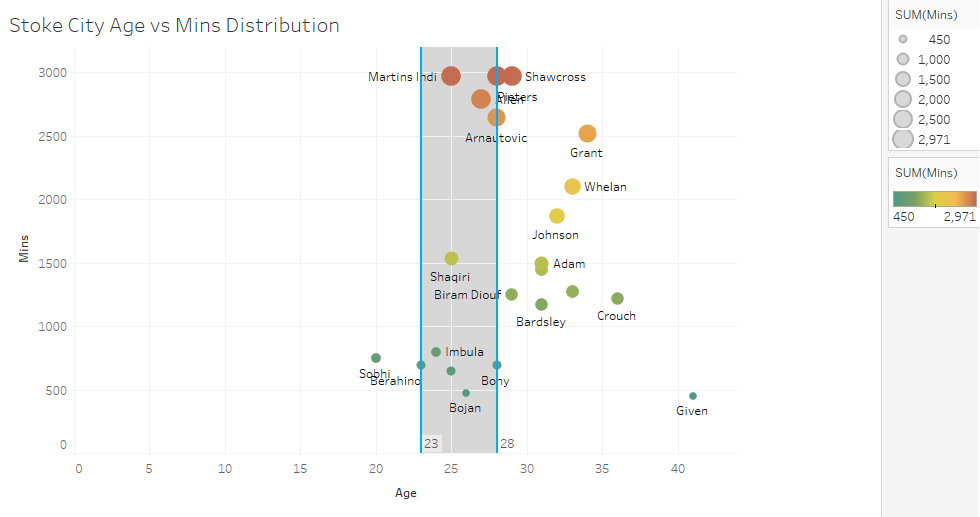
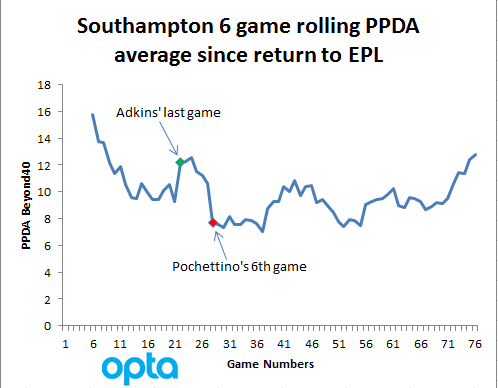 Numbers It should be noted that generally, Stoke City were not good this season. The polarization of the PL this season puts things into perspective on some level since the top 6 beat the living shit out of everyone else in the league. Even conceding that point, we’re still talking sub 45% on basic shot ratios, which is below average and those kind of numbers typically get you around Stoke’s actual point total of 44. Adding in shot quality and the picture gets a bit rosier, particularly that they’re top 5 in both expected goals per shots for/against, but at least in attack it's possible that thse use of Crouch has skewed this. What they lacked in volume on both ends, they tried to compensate with shot quality, but the volume was still far too lopsided to truly make up for it. They weren’t exactly 2015-16 Arsenal in this department. Add it all up and you’re still getting at best a below average statistical resume that landed around the points value they deserved. One of the weirder quirks with Stoke in attack is that under Mark Hughes, they’ve done quite well in terms of the percentage of shots that are classified as Big Chances. In three of his four seasons, his teams have been above the league average and in the last two seasons, they’ve been in the top 5. In fact, the only teams to have been above the league average in at least three of the last four seasons are; Arsenal, Manchester City, and Manchester United. The fact that this is a repeated trend could very well be something that could be a positive attribute to Hughes as a manager, though it also should be said that in the last four seasons, only once has he generated more big chances than the overall league average. Some of the process seems solid, but the overall volume lags:
Numbers It should be noted that generally, Stoke City were not good this season. The polarization of the PL this season puts things into perspective on some level since the top 6 beat the living shit out of everyone else in the league. Even conceding that point, we’re still talking sub 45% on basic shot ratios, which is below average and those kind of numbers typically get you around Stoke’s actual point total of 44. Adding in shot quality and the picture gets a bit rosier, particularly that they’re top 5 in both expected goals per shots for/against, but at least in attack it's possible that thse use of Crouch has skewed this. What they lacked in volume on both ends, they tried to compensate with shot quality, but the volume was still far too lopsided to truly make up for it. They weren’t exactly 2015-16 Arsenal in this department. Add it all up and you’re still getting at best a below average statistical resume that landed around the points value they deserved. One of the weirder quirks with Stoke in attack is that under Mark Hughes, they’ve done quite well in terms of the percentage of shots that are classified as Big Chances. In three of his four seasons, his teams have been above the league average and in the last two seasons, they’ve been in the top 5. In fact, the only teams to have been above the league average in at least three of the last four seasons are; Arsenal, Manchester City, and Manchester United. The fact that this is a repeated trend could very well be something that could be a positive attribute to Hughes as a manager, though it also should be said that in the last four seasons, only once has he generated more big chances than the overall league average. Some of the process seems solid, but the overall volume lags: 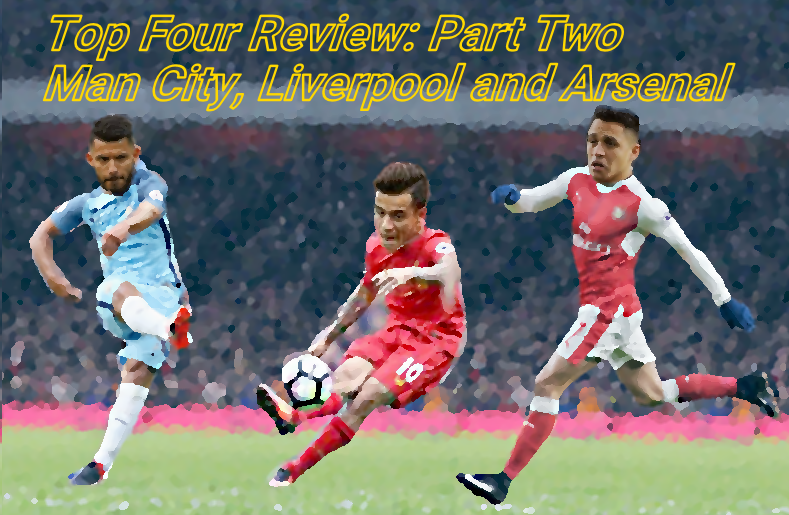

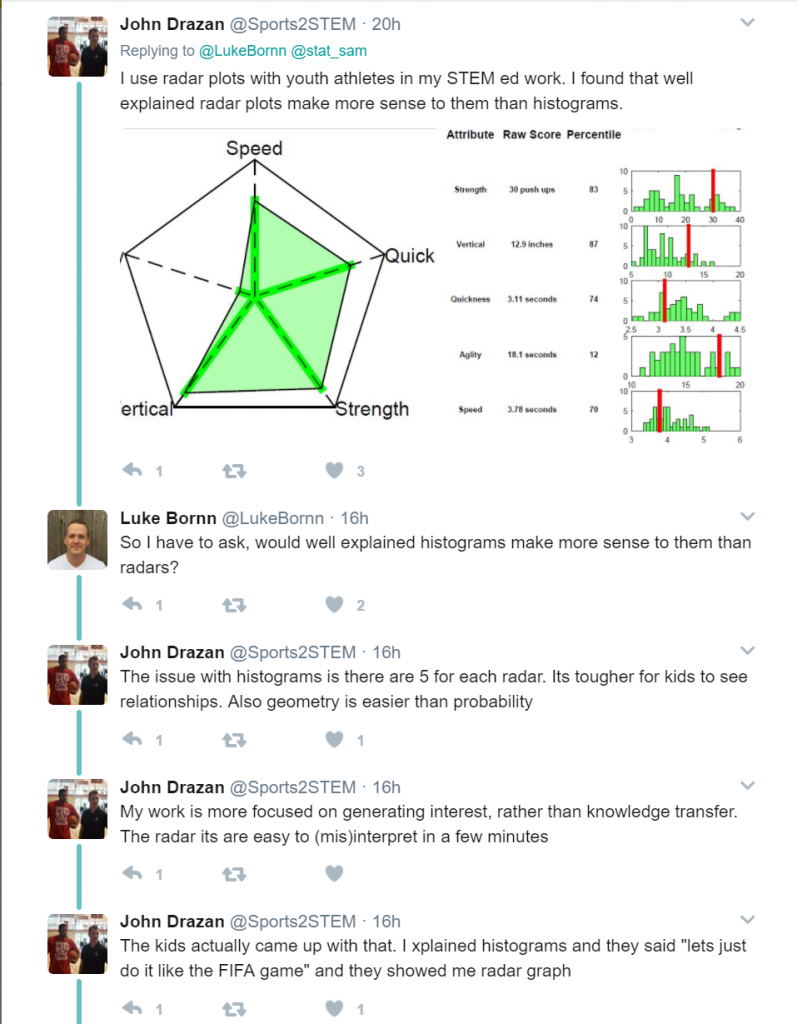
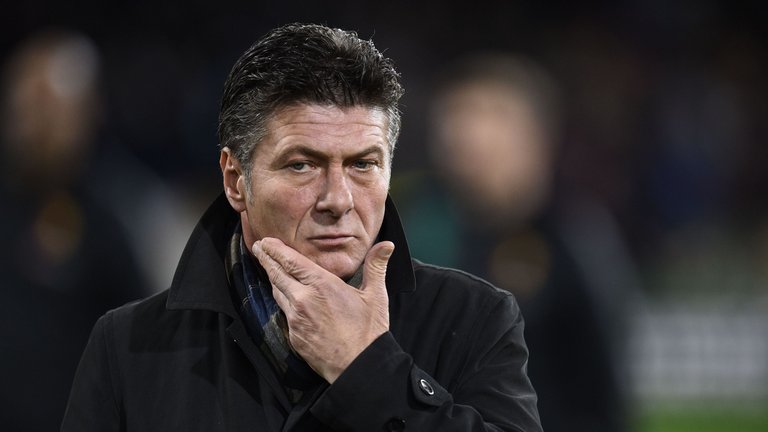
 Again, in all fairness, Watford were never in the mix to go down this season either but the difference in numbers doesn’t show much progress. The problems come mostly from the creative end of the pitch, with a drop in both their Xg per match and in their Xg per shot, which combined with slightly improved defensive numbers lead to a -21 goal difference this season compared to last season’s -10. Watford have been taking slightly fewer shots from slightly worse positions – enough for a difference to be felt though and even more so with the lack of a great goalscoring run like Ighalo had last year. It has been reported that Mazarri fell out with Deeney something that doesn’t help either. Defensively one could even consider them somewhat unlucky, with the Italian manager actually improving their defensive Xg numbers but unable to stop them having the league’s 4th leakiest defence with 63 goals conceded, 13 more than last. That lack of luck appears to continue as we look at their transfer market approach. Roberto Pereyra came in from Italian champions Juventus as the big signing of the Summer and, while 4 G+A from midfield in 1000’ showed end product the club needed, a knee injury ruled out most of his season. But Watford can’t blame it all on luck. Out of all the other major signings for the season only Kaboul and Janmaat have over 1000’ Premier League minutes. The January loan signings haven’t impressed with Niang contributing to goals in just two matches and seemingly disappearing on all others and Cleverley being okay at best. To look more positively here, the already confirmed purchase of the latter and option to buy Niang could at least be an initial step to revert the cycle on what is an aging squad. And we can’t talk transfers without a mention of the sequence of players that get bounced around the trio of clubs owned by the Pozzos: Udinese, Watford and Granada. Penaranda, Success, Kums, Doucouré, all players with interesting numbers in previous seasons elsewhere that are seemingly bought on one side to be loaned out to one of the others right away without ever really establishing themselves anywhere. Overall there seems to be somewhat of a lack of direction within the club. They are the Premier League side that most lacks a project behind their team, or an identity. Again a change of the direction is needed and while logic might tell us that Walter Mazarri will get improved results if he stays with the team, someone with a grasp of the bigger picture might be able to move the clubin a positive direction with the funds from back-to-back Premier League survivals backing it up.
Again, in all fairness, Watford were never in the mix to go down this season either but the difference in numbers doesn’t show much progress. The problems come mostly from the creative end of the pitch, with a drop in both their Xg per match and in their Xg per shot, which combined with slightly improved defensive numbers lead to a -21 goal difference this season compared to last season’s -10. Watford have been taking slightly fewer shots from slightly worse positions – enough for a difference to be felt though and even more so with the lack of a great goalscoring run like Ighalo had last year. It has been reported that Mazarri fell out with Deeney something that doesn’t help either. Defensively one could even consider them somewhat unlucky, with the Italian manager actually improving their defensive Xg numbers but unable to stop them having the league’s 4th leakiest defence with 63 goals conceded, 13 more than last. That lack of luck appears to continue as we look at their transfer market approach. Roberto Pereyra came in from Italian champions Juventus as the big signing of the Summer and, while 4 G+A from midfield in 1000’ showed end product the club needed, a knee injury ruled out most of his season. But Watford can’t blame it all on luck. Out of all the other major signings for the season only Kaboul and Janmaat have over 1000’ Premier League minutes. The January loan signings haven’t impressed with Niang contributing to goals in just two matches and seemingly disappearing on all others and Cleverley being okay at best. To look more positively here, the already confirmed purchase of the latter and option to buy Niang could at least be an initial step to revert the cycle on what is an aging squad. And we can’t talk transfers without a mention of the sequence of players that get bounced around the trio of clubs owned by the Pozzos: Udinese, Watford and Granada. Penaranda, Success, Kums, Doucouré, all players with interesting numbers in previous seasons elsewhere that are seemingly bought on one side to be loaned out to one of the others right away without ever really establishing themselves anywhere. Overall there seems to be somewhat of a lack of direction within the club. They are the Premier League side that most lacks a project behind their team, or an identity. Again a change of the direction is needed and while logic might tell us that Walter Mazarri will get improved results if he stays with the team, someone with a grasp of the bigger picture might be able to move the clubin a positive direction with the funds from back-to-back Premier League survivals backing it up.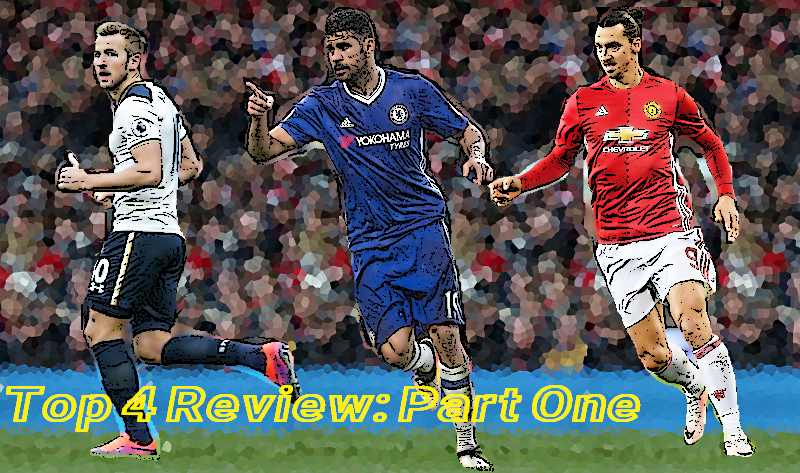
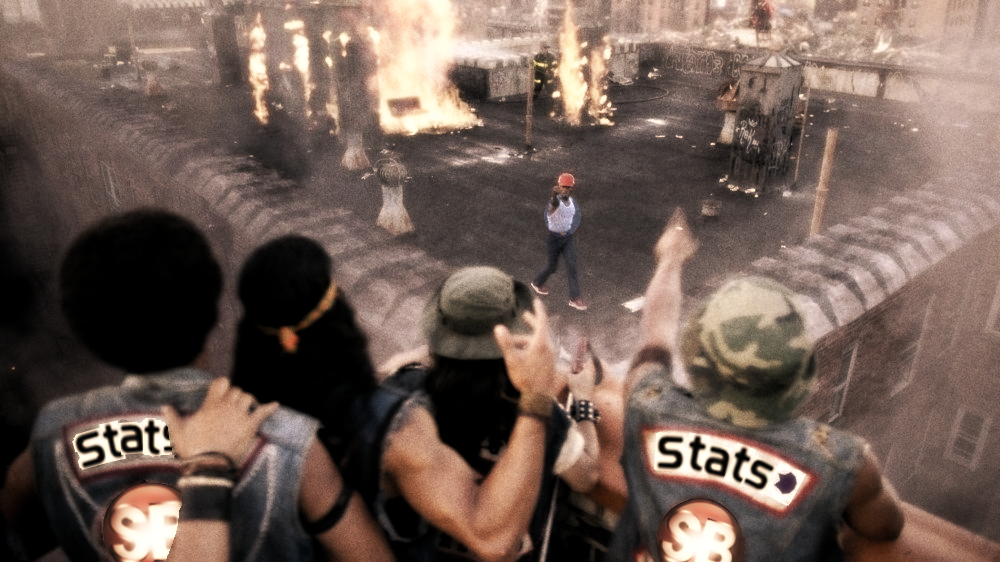
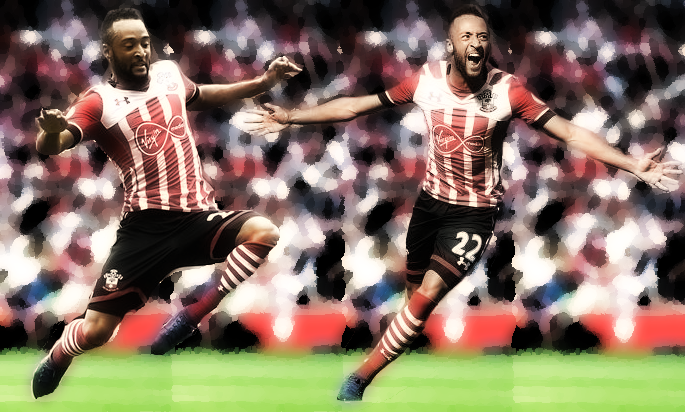
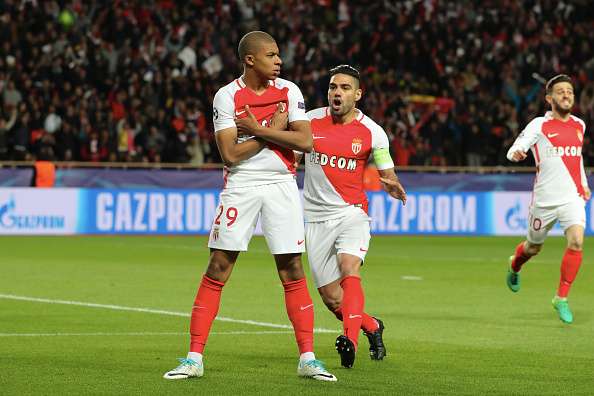
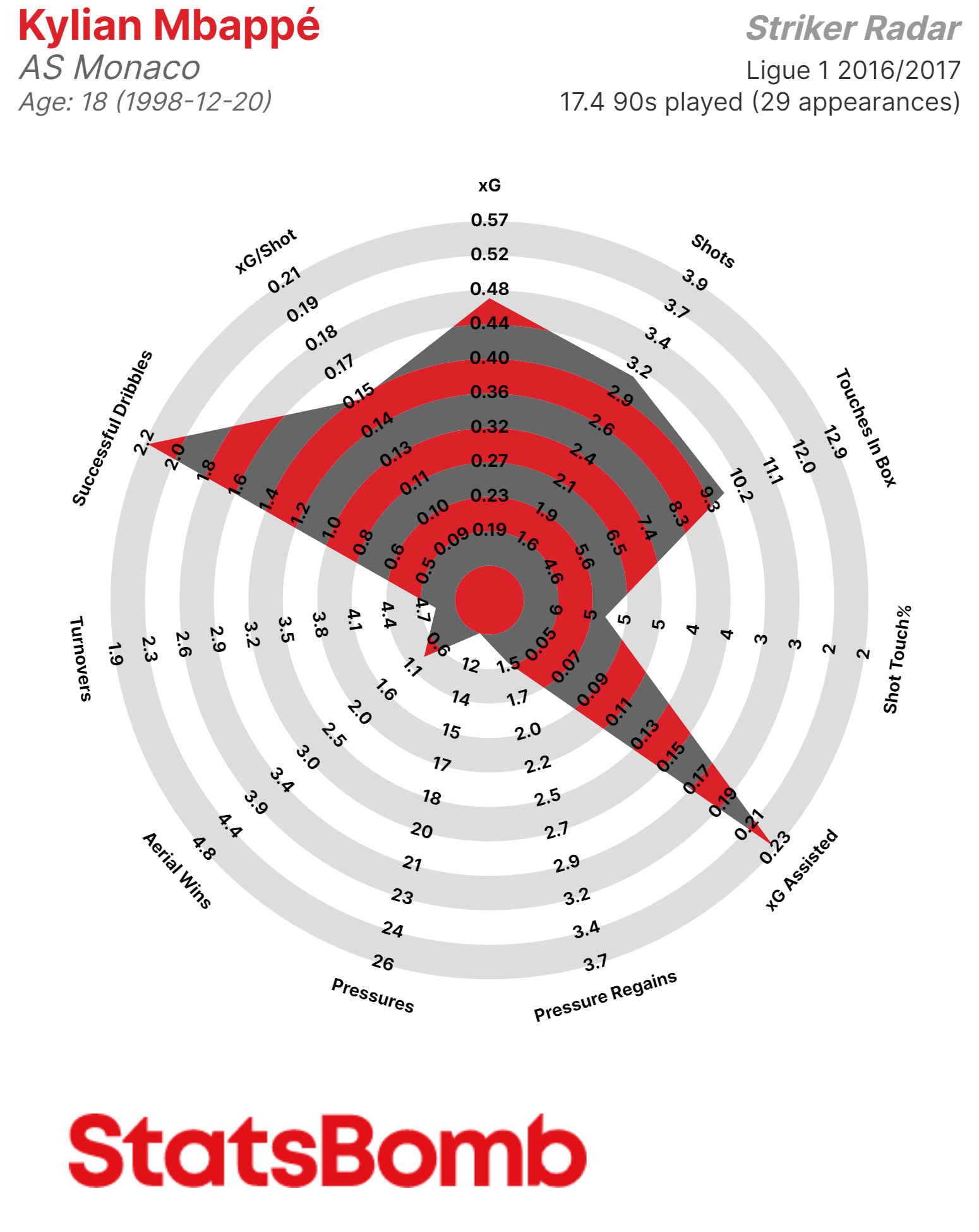
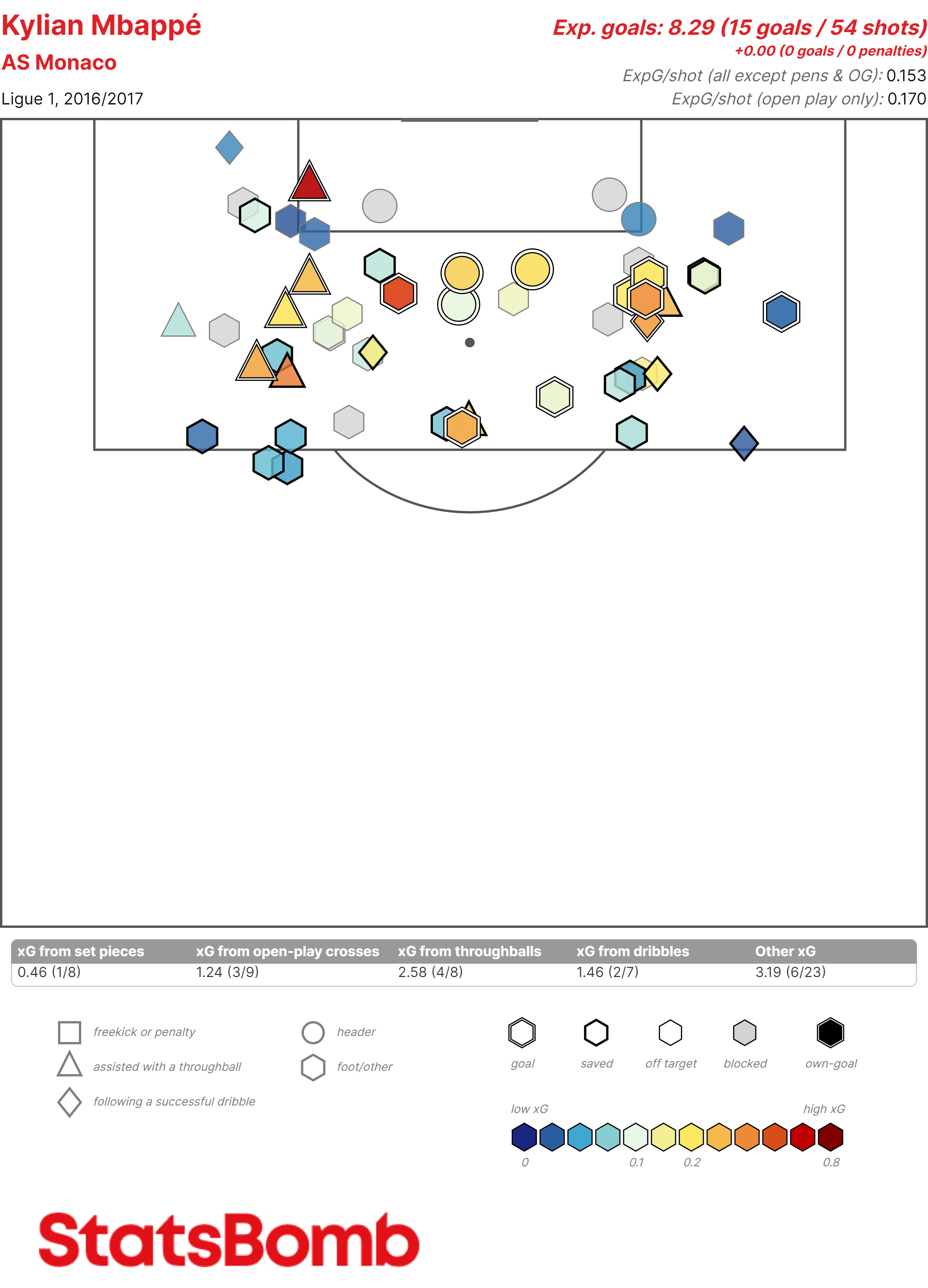
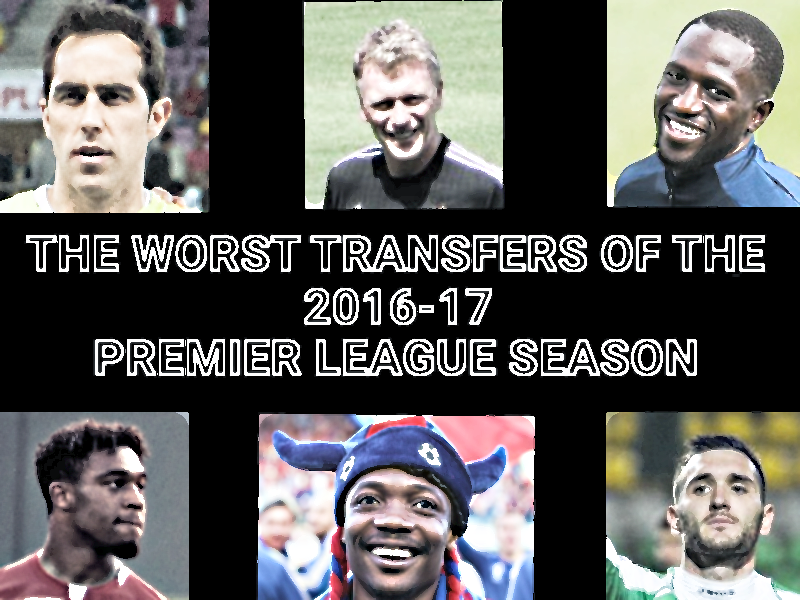
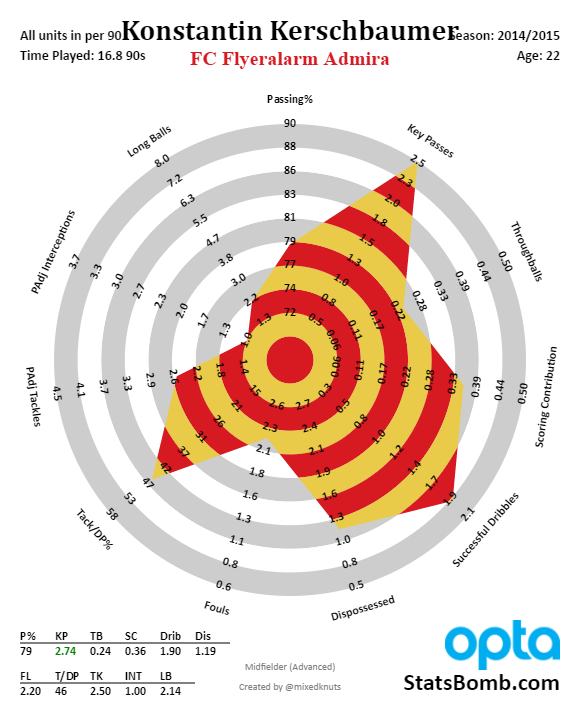
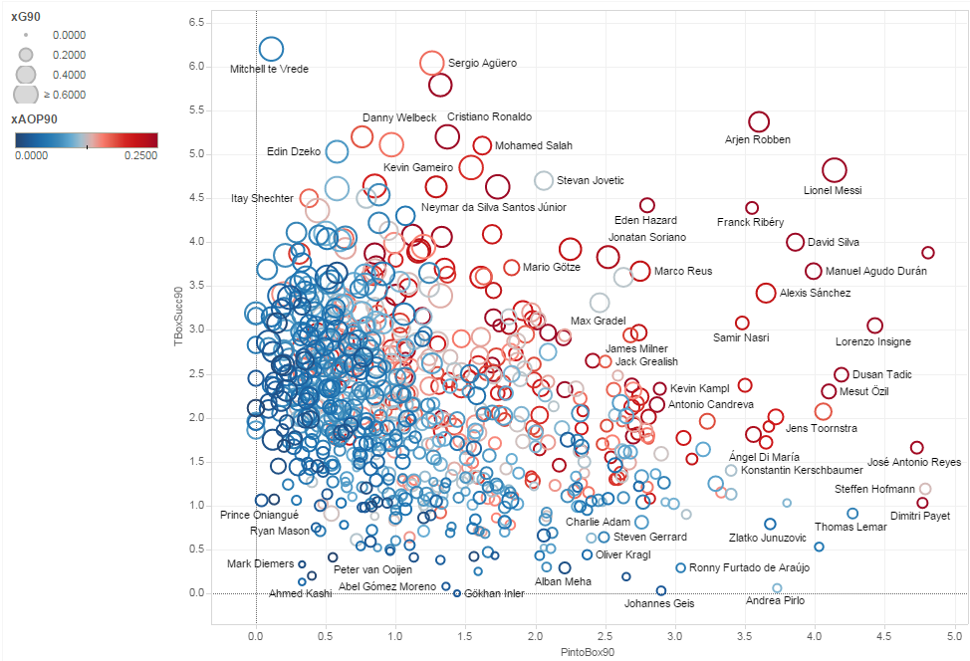 The answer is because Konstantin Kerschbaumer is a major outlier. Combine his minutes across two seasons and you get the following: 2320 minutes, 1 goal, 12 assists. That’s an assist rate of about .47 per 90, which is in the top 3% of footballers. Kersch also doesn’t take set pieces, meaning nearly all of his assists come from open play. To give you an idea of how unusual this is, in the last four seasons in the Championship nine players have posted 12 assists or more, all with more minutes and nearly all of them taking set pieces. Assists are really valuable – I view them basically the same as goals. Fans still have a very different perspective if a player scores half a goal a game than if he creates half an assist a game, there's a decent case to say they shouldn't. The bulk of Kerschbaumer’s minutes also came during that first year, many of which were not in his natural position. That's a tough situation to succeed in, but his numbers in this one particularly valuable area continue to be crazy. Is Kerschbaumer a success? I have no idea. It would be hard for Brentford to lose money on his transfer should he leave the club, so if that's how you grade success, I guess it's a check mark. He's also produced exactly what I thought he could when we recruited him. But... there are questions about whether he does enough on the pitch when he plays, and I can certainly see why those exist. I think he's still learning, and I hope he ends up with starter minutes next season, preferably in a system that plays him in his natural AMC spot. Like most data scientists, I want more data and preferably a lot of it. Part of me roots for the players we recruited like they are my children. I want them to succeed no matter what. There's also a part of me that is scientifically evaluating their successes and failures to see what worked, and what I need to do better the next time I have a chance to dabble in the transfer market. Anyway, the combination of Kersch's crazy assist rate in the run-in and Fabregas's continued creative skills for Chelsea made me think back to four years ago,
The answer is because Konstantin Kerschbaumer is a major outlier. Combine his minutes across two seasons and you get the following: 2320 minutes, 1 goal, 12 assists. That’s an assist rate of about .47 per 90, which is in the top 3% of footballers. Kersch also doesn’t take set pieces, meaning nearly all of his assists come from open play. To give you an idea of how unusual this is, in the last four seasons in the Championship nine players have posted 12 assists or more, all with more minutes and nearly all of them taking set pieces. Assists are really valuable – I view them basically the same as goals. Fans still have a very different perspective if a player scores half a goal a game than if he creates half an assist a game, there's a decent case to say they shouldn't. The bulk of Kerschbaumer’s minutes also came during that first year, many of which were not in his natural position. That's a tough situation to succeed in, but his numbers in this one particularly valuable area continue to be crazy. Is Kerschbaumer a success? I have no idea. It would be hard for Brentford to lose money on his transfer should he leave the club, so if that's how you grade success, I guess it's a check mark. He's also produced exactly what I thought he could when we recruited him. But... there are questions about whether he does enough on the pitch when he plays, and I can certainly see why those exist. I think he's still learning, and I hope he ends up with starter minutes next season, preferably in a system that plays him in his natural AMC spot. Like most data scientists, I want more data and preferably a lot of it. Part of me roots for the players we recruited like they are my children. I want them to succeed no matter what. There's also a part of me that is scientifically evaluating their successes and failures to see what worked, and what I need to do better the next time I have a chance to dabble in the transfer market. Anyway, the combination of Kersch's crazy assist rate in the run-in and Fabregas's continued creative skills for Chelsea made me think back to four years ago,